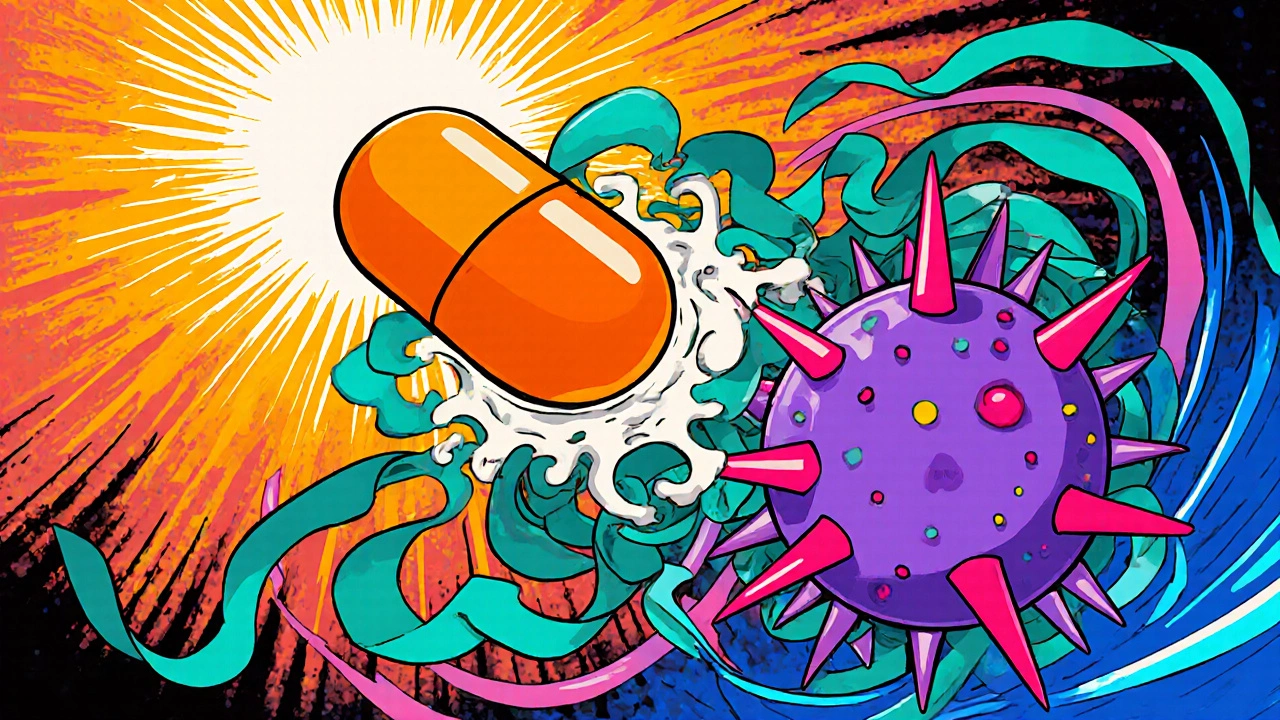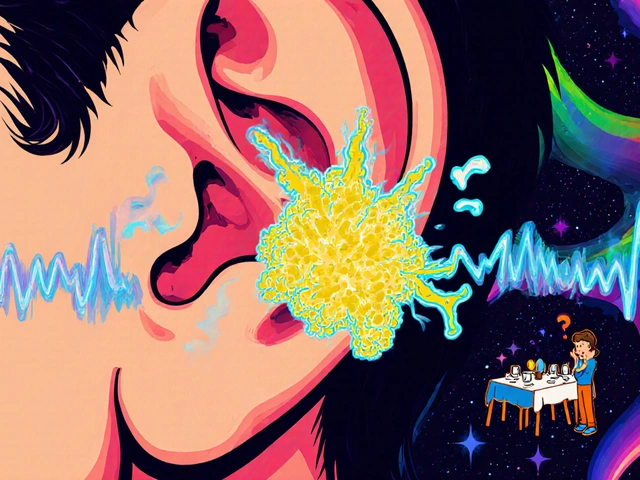Didanosine Side Effects: What You Need to Know Before Taking It
When you're managing HIV, every medication comes with trade-offs. Didanosine, a nucleoside reverse transcriptase inhibitor used to treat HIV infection, often prescribed when other drugs fail or cause intolerance. Also known as ddI, it was once a cornerstone of HIV treatment but is now used much less often due to its serious side effects. You might still see it in older treatment plans or in regions with limited access to newer drugs. But if you're taking it—or considering it—you need to know what your body might go through.
Didanosine isn't like a common painkiller where you might get a headache and move on. Its side effects can be severe, sometimes life-threatening. Peripheral neuropathy, nerve damage that causes tingling, burning, or pain in your hands and feet is one of the most common. It starts slowly, but once it hits, it can stick around even after you stop the drug. Then there's pancreatitis, inflammation of the pancreas that can cause sharp abdominal pain, nausea, and vomiting. This isn't rare—it's a known risk, especially in people with a history of alcohol use or high triglycerides. Liver damage, lactic acidosis, and severe weight loss are also documented. These aren't "maybe" risks. They're real, documented, and often require hospitalization.
Why does this happen? Didanosine messes with your mitochondria—the energy factories in your cells. That’s why nerves, the pancreas, and the liver get hit hardest. It’s not just about taking a pill and hoping for the best. You need regular blood tests, careful monitoring, and to tell your doctor about any new pain, numbness, or stomach issues right away. Even if you feel fine, the damage can be building silently. And here’s the catch: newer HIV drugs like tenofovir or dolutegravir are just as effective, with far fewer of these brutal side effects. So if you’re still on Didanosine, ask why. Is it because nothing else works? Or because no one’s reviewed your treatment in years?
Below, you’ll find real-world comparisons and patient experiences from others who’ve faced these same risks. Some switched meds and felt better. Others managed the side effects with careful monitoring. No sugarcoating. Just facts, patterns, and what actually works when you’re dealing with an old-school drug in a modern treatment landscape.
Didanosine Drug Interactions: Essential Guide for Patients and Providers
Learn which meds and supplements affect didanosine, how to manage risks, and what symptoms to watch for to stay safe on HIV therapy.






